Durian harvest in Thoi Lai district, Can Tho city.
Reveal limitations
In recent times, the area of durian cultivation in our country has continuously increased and durian has become one of the main agricultural export products, accounting for the largest proportion of export turnover among Vietnam's fruit exports. In 2015, the country's durian area was only 32,000 hectares, but by 2024 it had increased to 178,800 hectares, with an average increase of 16,300 hectares/year. Durian output has also increased rapidly, with an increase rate of about 126,000 tons per year and has reached over 1.5 million tons/year. If in 2022 durian export turnover reached only over 277 million USD, in 2023 it was over 2 billion USD and in 2024 it reached 3.2 billion USD. Durian has made an important contribution to the growth of the country's agricultural, forestry and fishery sector, creating jobs and increasing income for many people.
However, rapid development and growth always pose many risks for both the production and consumption of products, especially when durian importing countries increasingly demand high standards of quality and product safety. Meanwhile, the development of durian cultivation by farmers in many places in our country in recent times has been spontaneous, fragmented, small-scale production, making it difficult to manage quality and standardize production to meet market requirements. Linking production in the chain is still limited and the process of purchasing, processing and consuming durian also has shortcomings, lack of synchronization, and lack of good control and management, so there are still cases of fraud in growing area codes, residues of some banned substances, etc. affecting exports. Notably, our country's durian exports to the Chinese market have encountered many difficulties and declined sharply in the first months of 2025. China has tightened the management of imported durian quality and controlled the residue of amber and cadmium, not allowing customs clearance of durian batches contaminated with these banned substances exceeding the permitted threshold.
Our country's durian export output still depends heavily on the Chinese market and in recent times has mainly exported fresh fruit. Therefore, when exports to this market are hindered, a large amount of durian is concentrated for consumption in the domestic market. Currently, the selling price of many types of durian of farmers in the Mekong Delta has decreased sharply compared to last year. According to Mr. Nguyen Van Dieu, residing in Truong Hoa hamlet, Truong Thang commune, Thoi Lai district, Can Tho city, in 2024 he sold Ri 6 durian in the garden to traders at an average price of 50,000 VND/kg, but this year the price suddenly dropped so farmers did not make much profit. Last month, traders deposited a deposit of 43,000 VND/kg for his durian garden, but on harvest day, traders demanded a price reduction to 38,000 VND/kg for good durian, and for fruits damaged by worms... the price was only 50% compared to good durian. Because he did not sign a contract with strict terms and was also afraid that traders would not come to buy when he saw that the price of Ri 6 in many localities was only 32,000-35,000 VND/kg, Mr. Dieu had to lower the selling price according to the traders' request.
Need for synchronous solutions
To stabilize and sustainably develop the durian industry, it requires relevant parties in the industry chain to pay attention to and take part in implementing synchronous solutions to promptly remove difficulties and limitations. In particular, the functional sector needs to review, supplement and complete legal documents and have solutions to manage and strictly control input materials for production, growing areas, growing area codes and the packaging, processing and export processes to ensure product quality and safety. According to Mr. Tran Thai Nghiem, Deputy Director of the Department of Agriculture and Environment of Can Tho City, the functional agencies need to pay attention to identifying suitable growing areas to have planning, reorienting production in accordance with reality and promptly advising farmers not to grow durian in unsuitable places. Pay attention to exploiting the domestic market well and expanding export markets to avoid dependence on the Chinese market, while diversifying processed products to increase value, as well as promoting durian consumption through tourism development.
At the workshop "Sustainable development of the durian industry" recently organized by Tien Phong Newspaper, many delegates said that it is necessary to strengthen chain linkages associated with chain transparency to develop a sustainable durian industry. State management agencies should promptly have solutions and mechanisms to strictly control the input and output of the industry chain. Support and promote links between farmers, businesses and related parties. Strengthen traceability and identification of growing area codes, apply information technology to make the entire supply chain transparent...
According to Mr. Dang Phuc Nguyen, General Secretary of the Vietnam Fruit and Vegetable Association, in order for Vietnamese durian to develop sustainably, urgent solutions need to be implemented such as establishing a quality monitoring system from the root, strengthening testing at durian production facilities, building food safety monitoring programs, and plant quarantine right at the growing gardens and packaging facilities by expanding the list and improving the capacity of many qualified laboratories covering the growing areas. Strictly handle violations, issue regulations and sanctions strong enough to handle violations of quality, food safety and trade fraud... In the long term, there are synchronous solutions to overcome difficulties for production and export such as planning concentrated and sustainable growing areas; tightening management and granting codes for growing areas and packaging facilities; strictly controlling input materials; changing cultivation processes; building national brands...
Currently, the supply of durian to the market is very large and is expected to continue to increase in the coming years due to more durian areas entering the fruit-bearing stage. Therefore, it is necessary for the authorities to step up negotiations, expand the market and develop processing to diversify the market and products, avoiding over-dependence on a few markets. Enterprises need to promote the role of "locomotive" in the chain and apply information technology to make the supply chain transparent.
Article and photos: KHANH TRUNG
Source: https://baocantho.com.vn/som-khac-phuc-han-che-trong-san-xuat-va-tieu-thu-sau-rieng-a187618.html


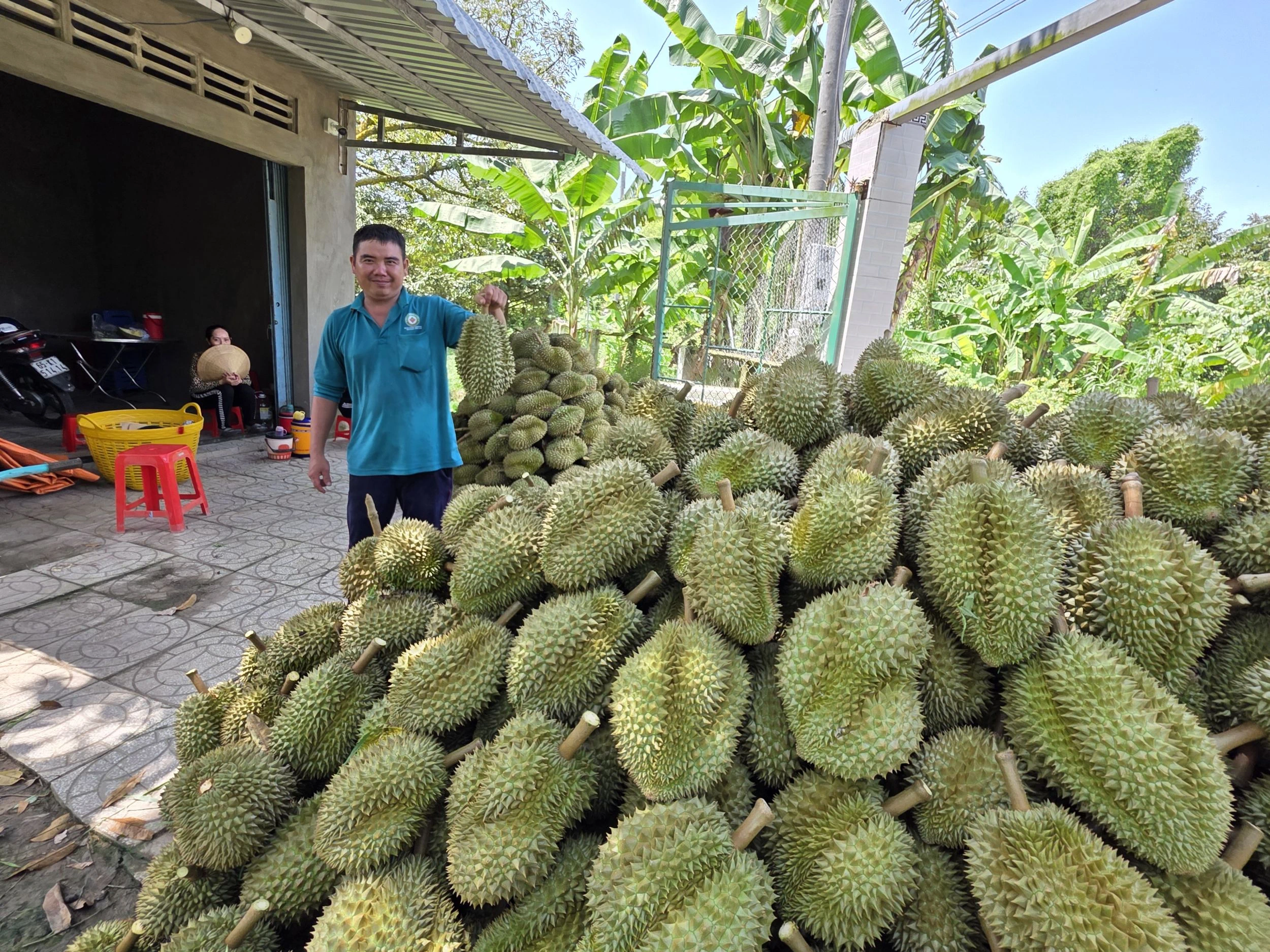











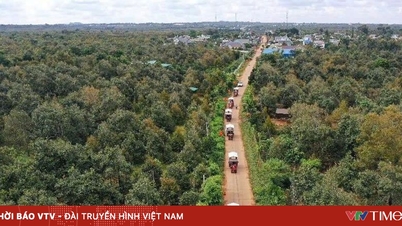



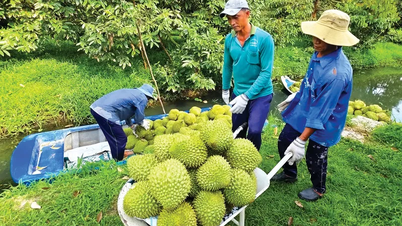
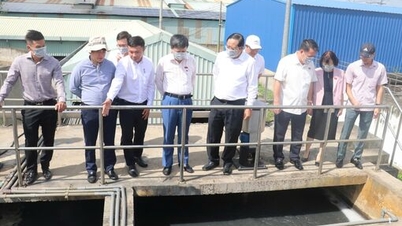



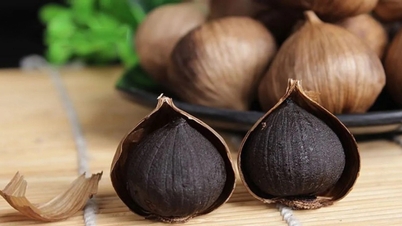



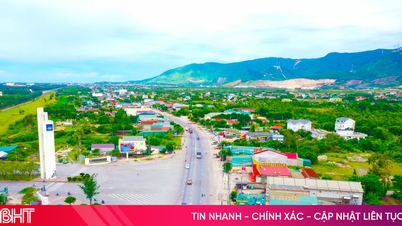

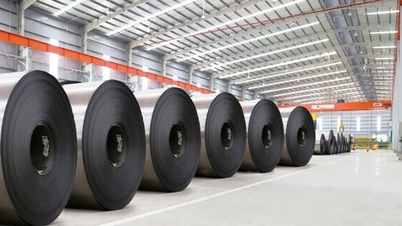





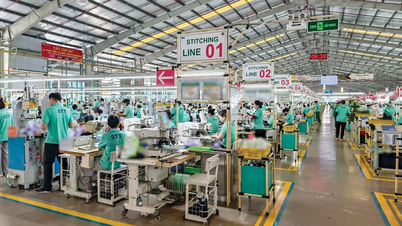
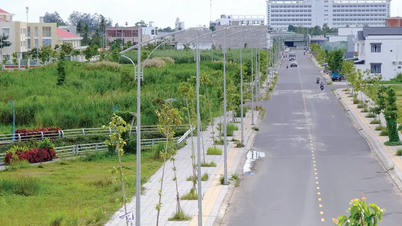
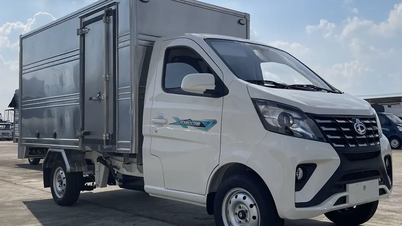

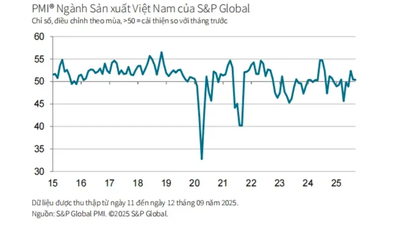
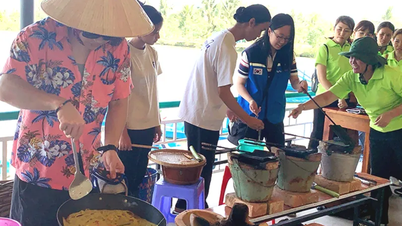












































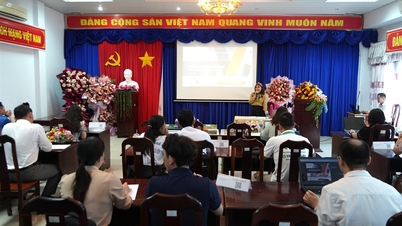
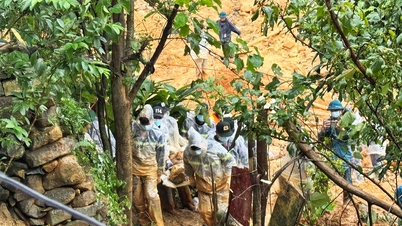

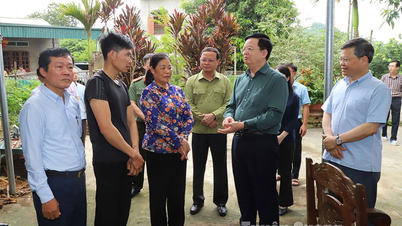


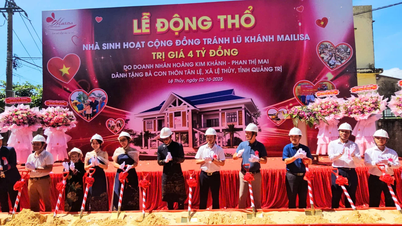














Comment (0)